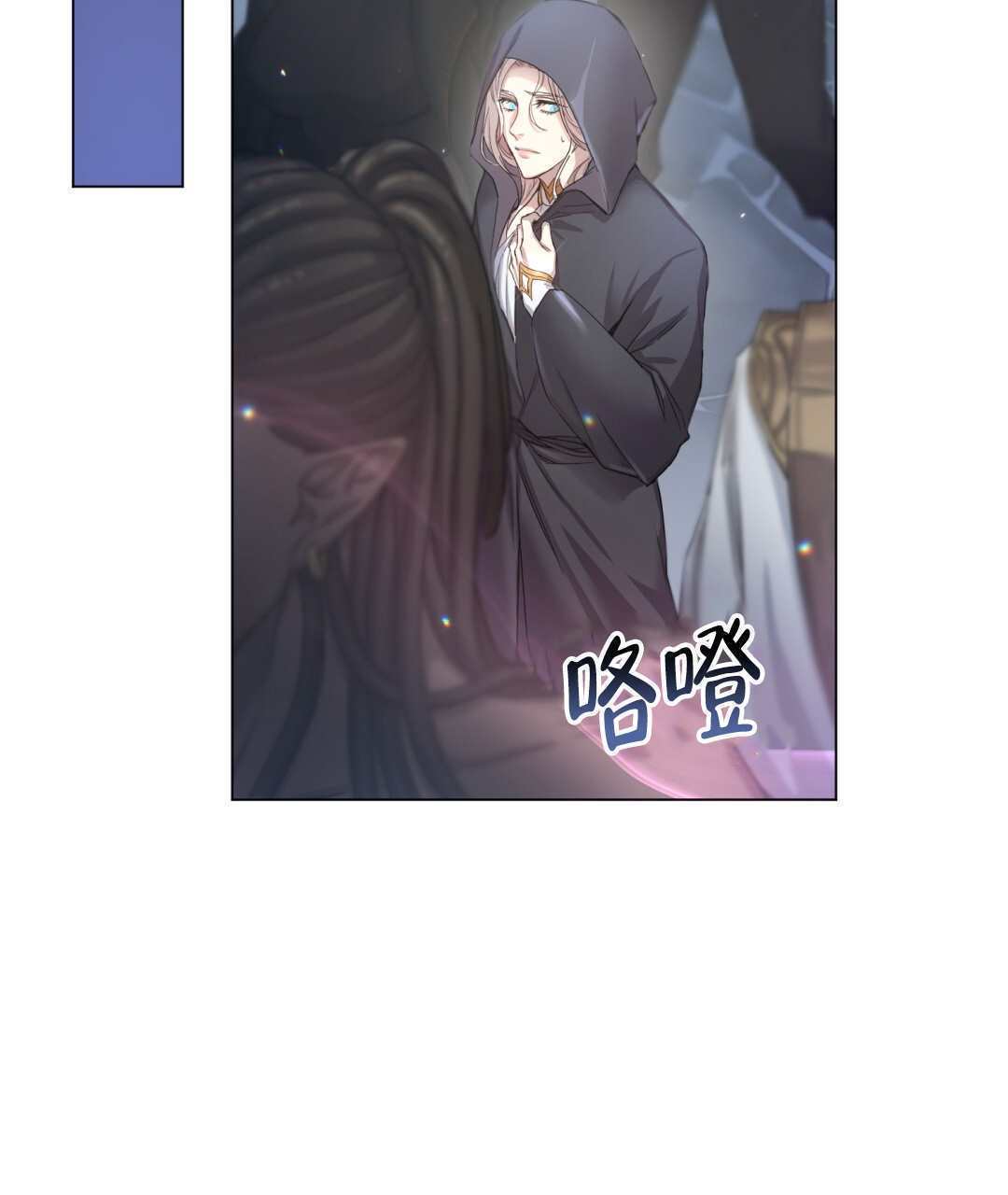今日立春|翻译公司教你用英语说立春习俗!
大家好!这里是广州八熙翻译公司!回来开工一段时间啦,今日立春,按照惯例,我们来学习立春相关的词语吧!

Lichun - literally means the beginning of the spring - is the 1st solar term.
立春为二十四节气中的第一个节气,其字面意思是春天伊始。
立春又称作「打春、咬春、报春」,英文称为 Beginning of Spring 。
作为二十四节气之首,立春节的到来意味着严冬的结束。此时柳萌黄枝,水泛新绿,万物生长的春季已经到来。因“立”有“开始”之意,所以“立春”的英文也有表达为Start of Spring

After that everything turns green and becomes full of vigor. People clearly can notice that daytime becomes longer and the weather gets warmer.
立春节后,植物转绿,焕发勃勃生机。人们可以清楚地注意到白天的时间变得更长,天气也越来越温暖了。

广州今天是下点雨,但是温度也有去到20几度了。
那我们在立春时节,会有哪些习俗呢?
咬春 Biting the spring
“生菜乍挑宜卷饼”,和冬至吃的饺子一样,立春也有专属节日食品——春饼、咬春萝卜、春卷和一些时令野菜,这种尝鲜活动被称为“咬春”。
In many parts of China, people observe the custom of "biting the spring" on the first day of Start of Spring. They eat spring pancakes, spring rolls, or a few mouthfuls of carrots.

清人也专有《咬春诗》:
暖律潜催腊底春,登筵生菜记芳辰;
灵根属土含冰脆,细缕堆盘切玉匀。
佐酒暗香生匕梜,加餐清响动牙唇;
帝城节物乡园味,取次关心白发新。
糊春牛 Making a Spring Ox
糊春牛这项陕西的风俗活动是在立春前开始进行的,按传统的作法,由县政府(县衙)聘请纸扎能手好匠,于立春前到县城聚会,精心制作春牛图像。一般用竹篾绑成牛的骨架,用春木做腿,再糊上纸,涂上颜料,一个牛的形象就制作成功了。俗谓糊上红黄色的纸多,当年就“五谷丰收”;糊上黑色纸,当年收成不好。春牛糊好后,举行开光点睛仪式,即设立香案,顶礼朝拜。
This custom in Shaanxi is practiced right before the Start of Spring. The local government hires some skilled artisans and gathers them to build the frame of an ox out of bamboo strips and the legs with wood. Then they paste some paper and paint onto it—and, voila! The image of an ox is complete. It is said that if more red and yellow paper is used, then there will be a good harvest that year; if black paper is pasted, then the year will be poor. When the paper ox is ready, there is a ritual to paint the eyes. After that, people will set up an altar for it and worship it.
剪春花贴春字 Posting spring calligraphy and paintings
在门上剪春花贴春字的习俗源自唐朝。人们以此表达迎接春天到来之意,并祈求好运降临。
The custom of posting calligraphy and paintings on ones door in the spring first appeared during the Tang Dynasty (618-907). People would do so to welcome spring and pray for good luck on the first day of Start of Spring.

拜春 Welcoming spring
三千年前,中国人就开始举行迎春仪式了。人们拜祭主宰农业的春神“句芒”。清朝时,“拜春”成为重要的民间活动。明清时京兆尹和各府衙官员,都必须去“东郊”的东直门外五里的“春场”去迎春。
People in China began holding a special ceremony on the first day of Start of Spring about 3,000 years ago. They made sacrifices to Gou Mang, the god of Spring, who is in charge of agriculture. By the Qing Dynasty (1644-1911), greeting spring had become an important folk activity. In Beijing, government officials welcomed spring in the wild field near Dongzhimen (the east gate of Beijing).

春天来了,我们也要对未来充满希望!你们在立春这天会做些什么呢?期待你们的分享哦
更多精彩内容,欢迎继续关注广州八熙翻译公司!












